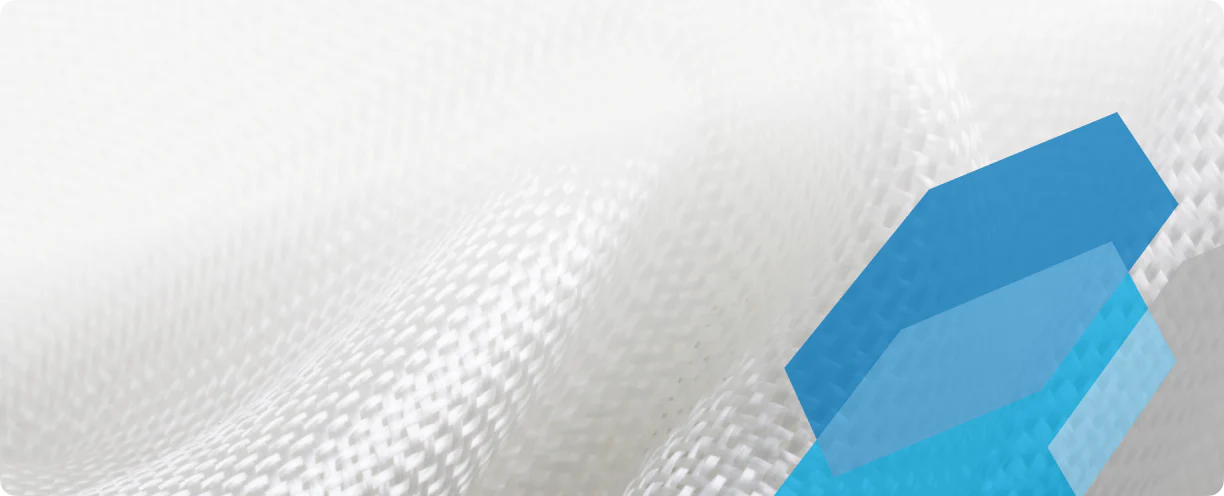
Introduction to Urethane Casting Resins
Share
Fibre Glast casting resins are designed to be poured into open or closed molds, without reinforcement, to make short-run parts, prototypes, molds or tools. Urethanes are polymers with a wide range of properties, strengths, and uses, from custom elastic machine parts and pliable molds to hard plastic prototypes, coating and lenses.
The hardness of a cured polymer is measured on the Shore Durometer Scale, with higher numbers representing stiffer substances. The Shore Durometer scale also has six letter classifications from softest to hardest, with some overlap in values: O, OO, A, B, C, D. Fibre Glast carries resins from 40 Shore A, which is extremely soft and pliable, yet still durable, to 75 Shore D, which is much harder. The Clear Urethane Casting/Coating Resin is 80 D and the Fast Set Urethane Resin is 84 D, depending on the cure temperature.
| 40 Shore A | 60 Shore A | 60 Shore D | 75 Shore D | Fast Set (84 D) | |
|---|---|---|---|---|---|
| Mix Ratio | 100:75 | 100:55 | 100:44 | 100:100 | 100:100 |
| Color | Amber | Amber | Amber | White | Gray |
| Viscosity (cps) | 825 | 1,350 | 2,600 | 275 | 2,600 |
| Pot Life (min.) | 20-25 | 12-15 | 26 | 30-40 | 10 |
| Demold Time | 2.5-3 hrs. | 2.5-3 hrs. | 2.5-3 hrs. | 3-4 hrs. | 30-40 min. |
| Density (lbs./cu. in.) | .038 | .038 | .037 | .038-.040 | .062 |
| Tensile Str. (psi) | 800 | 1,400 | 6,014 | 5,000 | 4,500 |
| Elong. at Break (%) | 525 | 500 | 646 | 20 | 2 |
40 and 60 Shore A Urethane Casting Resins

The 40 and 60 Shore A Urethane Casting Resins can create pliable, durable parts, and can be colored with white, black or blue urethane pigments. The 40 Shore A resin is approximately as hard as a pencil eraser, and the 60 Shore A is as hard as car tire tread. The Shore A urethanes shrink minimally when cured.
As molds, the Shore A resins are less pliable than silicone — a softer alternative for very complex parts or extreme negative angles — but the urethane resins are much more durable and less prone to tears, which makes them able to produce more parts per mold.
Product Checklist
60 and 75 Shore D Urethane Casting Resins

The 60 and 75 Shore D Urethanes produce plastics that are much more firm, about the hardness of a solid rubber tire and an HDPE hard hat, respectively. They may be used for hard plastic parts or stiff molds with little give or flex, and are well suited for casting prototypes of molded parts. In liquid form, both have low viscosity, which allows them to fill complex molds easily.
The 60 Shore D Urethane Resin produces tough and abrasion-resistant parts and foundry tools. Its low viscosity, 30 minute work time and fast cure time make it ideal for multiple-piece castings. The 75 Shore D Urethane Resin can be used to cast specialty seals and bushings, or to check molds and dies easily before production runs.
Product Checklist
Fast Set Tooling/Prototyping Urethane

This Fast Set Urethane can be mixed, poured and de-molded in less than an hour. The part can put into service soon after for extremely fast parts, prototypes and mold checks. The two-part kit mixes in even amounts by weight or volume and has a 10 minute pot life with a low exotherm when curing. The part is ready for de-molding in 30-40 minutes. Acid brushes can be used to coat surfaces evenly without leaving air pockets or bubbles.
Limitations of Urethane Casting Resins
The urethane casting resins are extremely vulnerable to moisture; with too much moisture or humidity, the resins may have a tacky hardened finish. Since wooden paint stirrers contain moisture, use the blue plastic urethane stirrers. Before coating a wooden tabletop or bar top with the Clear Urethane Casting/Coating Resin, the surface must be sealed to prevent moisture damage.
For mold release, use either 4120 Easy Clean Mold Release or 4121 Non-Silicone High Temp Paste Wax, neither of which are water-based. The Easy Clean Mold Release is a low-viscosity liquid; the High-Temp Paste Wax may work better with some complex shapes.
Do not use PVA release film with urethane products. Silicone molds may also inhibit curing of the urethanes, leaving a tacky surface where the part and mold meet. To extend the shelf life of opened urethane products, spray 2332 Poly Purge Dry Gas Blanket into the open container to displace humid air before resealing.
